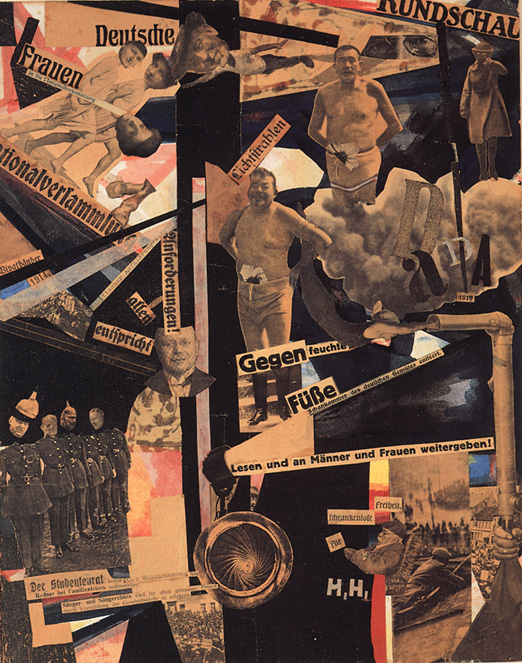Monday, October 27, 2014
Response to Gottfried Helnwein #2
The girl in the photo seems to be 7 or 8. She has long, curly dirty blonde hair. She was tired blue green/blue eyes and a very pale skin tone. Her facial expression is very hard to read but, she almost looks scared, tired, or almost bored/unamused. The scale of the image can effect its meaning. Since the piece of art is so enlarged, it shows more of her emotion. I don't believe it is one contiguous image, I believe it is spliced together. The location of the image is rural, it looks abandoned or on the back of an empty building. The intended audience is anyone. I don't think there is any specific target. The girl's expression is wondering or confused.
Response to Gottfried Helnwein
This image is both an artistic and documentary image. I believe this image is not photoshopped either. It looks like a billboard and the man is painting it. The girl looks very vulnerable and sad in this photo. The man in this photo looks like he is repairing her or fixing her problems. The scale between the man and the girl is important. The man has little effect, no matter how hard he tries his impact is very small.
Tuesday, October 14, 2014
Thursday, October 9, 2014
History of Photography Web Quest
Q1: Who is Louis Daguerre and why is he so special? How did he become independently wealthy?
A1: Louis Daguerre is a famous photographer. He is special because he created the daguerreotype process of photography. He became independently wealthy by selling the rights to daguerreotype to the French government and published a book explaining the process.

Q2: What types of photos did people take when photography was first invented? What were some of the difficulties they had to endure?
A2: When photography was first invented people would take photos of real world scenes and nature. Some difficulties they had to endure were developing film.
 Q3: Name three different types of early photographs. What did they look like? Why were they called what they were called?
Q3: Name three different types of early photographs. What did they look like? Why were they called what they were called?
A3: -Daguerreotype: photograph taken on a silver plate.
-Ambroypes: glass negative backed with black material; enabled it to appear as positive image.
- Tintypes: used glass plates, placed in albums, and cheaper than the ambrotype.

Q5: Who were the Dadaists? What was their photographic work like? Why are they considered "important" in the history of photography?
A5: Dadaists were an anti-war art movement. There photographic work were mainly mixed together in collages.

A1: Louis Daguerre is a famous photographer. He is special because he created the daguerreotype process of photography. He became independently wealthy by selling the rights to daguerreotype to the French government and published a book explaining the process.

Q2: What types of photos did people take when photography was first invented? What were some of the difficulties they had to endure?
A2: When photography was first invented people would take photos of real world scenes and nature. Some difficulties they had to endure were developing film.
A3: -Daguerreotype: photograph taken on a silver plate.
-Ambroypes: glass negative backed with black material; enabled it to appear as positive image.
- Tintypes: used glass plates, placed in albums, and cheaper than the ambrotype.
Q4: What is a Kodak Brownie. How did it work? What made it so popular? Can you buy one today?
A4: A Kodak Brownie is a simple, inexpensive camera. The camera started the concept of snapshot. Although, it only shot black and white photos it was still very popular. Yes you can still buy a kodak brownie.

Q5: Who were the Dadaists? What was their photographic work like? Why are they considered "important" in the history of photography?
A5: Dadaists were an anti-war art movement. There photographic work were mainly mixed together in collages.

Tuesday, October 7, 2014
Subscribe to:
Posts (Atom)













